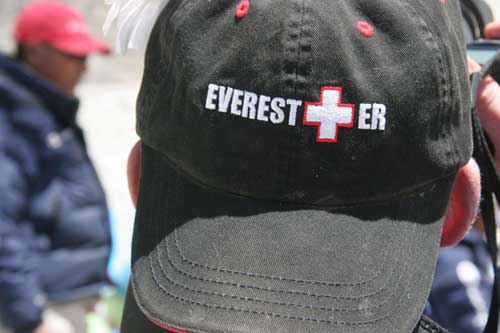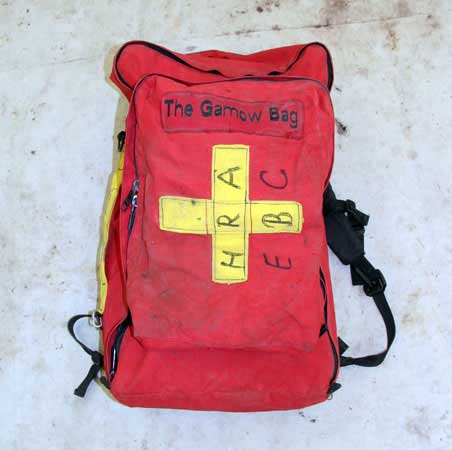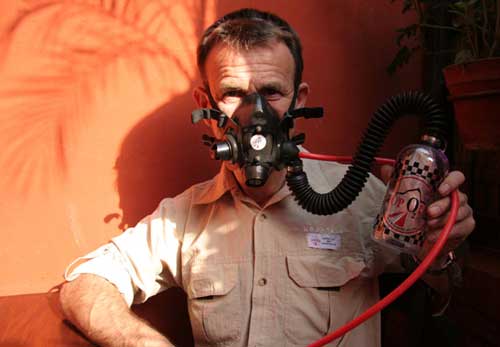HAPE and HACE. These are four-letter words no mountaineer wants to hear. As forms of altitude sickness, HAPE (high-altitude pulmonary edema) and HACE (high-altitude cerebral edema) respectively equal fluid in the lungs and swelling of the brain. Both are caused by the mal effects thin air has on the body. They are each potentially deadly forms of altitude sickness experienced in the Everest region. But, fortunately, both HAPE and HACE are highly avoidable if you know what to look for.

According to Luanne Freer, a doctor and a founder of Himalayan Rescue Association’s Everest ER clinic at Everest Base Camp, about two percent of trekkers and climbers in the Khumbu Region experience HAPE or HACE. Most are treated immediately and moved to the safety of lower elevations. (Far more people, up to 50 percent of trekkers, Freer said, have headaches and minor altitude sickness by the time they reach Lobuche, a village at about 16,000 feet.)
Tragically, two porters have died this year of altitude sickness, Freer said. Both died in Lobuche, expiring likely from HAPE in their sleep after days of coughing, headaches, and other warning signs.
What to look for? A slight headache from altitude can be normal. But watch for a headache that won’t go away. Shortness of breath and coughing fits are warning signs. Trouble breathing? It’s time to ask for help.
If possible, have your blood-oxygen level checked with a medical device commonly called a pulse-ox meter. Many climbing teams carry these devices to assess expedition members.










